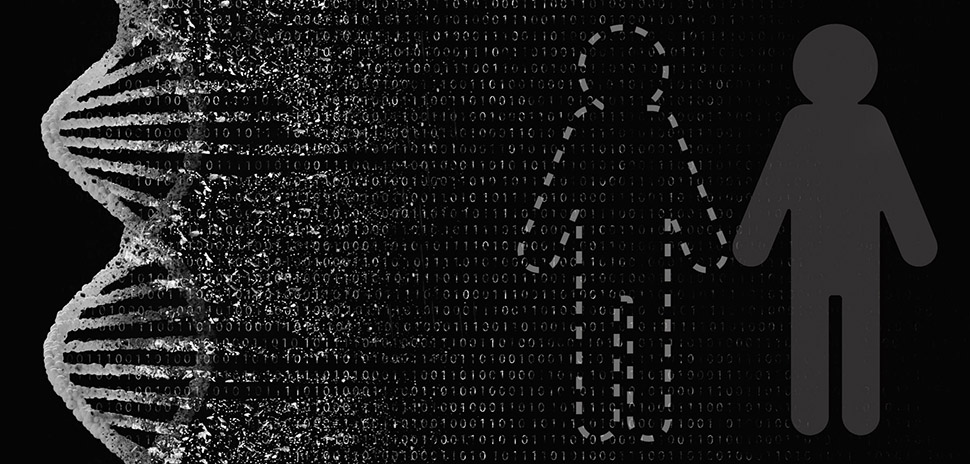
[Sources: Ole_CNX/, Nanzeeba Ibnat/istockphoto; DI Studio]
In a national collaboration fueled by a $2 million federal grant, researchers at The University of North Texas Health Science Center at Fort Worth are using artificial intelligence to build a new forensic tool aimed at helping law enforcement identify human remains.
The project, funded by the National Institute of Justice, brings together researchers from five universities: UNT Health Fort Worth, Michigan State University, Washburn University, Texas State University, and the University of New Mexico. Their mission: to create an advanced, AI-driven system for developing biological profiles—a critical method forensic anthropologists use to help narrow the identity of a deceased individual.
Called MOSAIC, short for Unifying Methods of Sex, Stature, Affinity & Age for Identification through Computational Standardization, the project is designed to modernize how these profiles are built. By standardizing and combining four essential data points—sex, stature, ancestry (or population affinity), and age at death—MOSAIC aims to improve accuracy and consistency in forensic investigations.
Right now, those four traits are typically estimated one at a time, UNT Health said. That means investigators may overlook how one characteristic influences another.
“Currently, there aren’t any programs that analyze all four of the biological profile parameters together,” said Kate Lesciotto, Ph.D., assistant professor of anatomy at UNT Health’s College of Biomedical and Translational Sciences and one of the project’s lead investigators.
“Even though we’ve known for a long time that there is a lot of interaction between them, our methods still estimate those parameters individually,” she said. “MOSAIC takes a new approach by not compartmentalizing data or making assumptions about whether a piece of data will be used only for age estimation or only to calculate stature.”

Kate Lesciotto, Ph.D., assistant professor of anatomy at UNT Health Fort Worth [Photo: UNT Health]
‘No one has ever created a matched dataset of this magnitude’
To build the tool, Lesciotto is collaborating with experts from across the country to gather skeletal measurements and morphological data from documented anatomical collections in the United States and Mexico. These collections include the remains of individuals who voluntarily donated their bodies to science, and whose demographic information—such as age, sex, ancestry, and stature—is known.
“We want to collect data from modern documented collections where people have donated their remains,” Lesciotto said. “Their known demographic data will provide the ground truth for our research.”
That data will be fed into a machine learning framework capable of analyzing hundreds of points of measurement and observation from each individual. AI models will then evaluate how the four biological traits interact, improving estimation methods for each one—and for the overall profile.
“No one has ever created a matched dataset of this magnitude encompassing both metric and morphological data,” Lesciotto said.
When completed, the MOSAIC software will be available for free to law enforcement and forensic anthropologists. The software will compare data collected by investigators with a reference database to generate comprehensive and standardized biological profiles, UNT Health said.
Reducing the number of unidentified individuals
Although the scope is national, the idea for MOSAIC began in Fort Worth—with seed funding from UNT Health’s Department of Physiology and Anatomy, part of its College of Biomedical and Translational Sciences.
The idea for MOSAIC began in Fort Worth—with seed funding from UNT Health’s Department of Physiology and Anatomy, part of its College of Biomedical and Translational Sciences.
Johnathan Tune, Ph.D., assistant dean for research and chair of the department, said early investments from the college helped move the idea forward.
“The MOSAIC project is a perfect example of how a seed grant can turn a small investment in an innovative idea into a much larger project that will have a real impact in the world,” Tune said.
He added that it will also give students in Lesciotto’s lab hands-on research experience working with real-world forensic data. “It’s a real win-win for the college and UNT Health,” he said.
That experience—and the national collaboration behind it—could help reshape how unidentified remains are handled in the future.
Lesciotto and the research team are keeping the end goal in focus: reducing the number of unidentified individuals, UNT Health said.
“NamUs—The National Missing and Unidentified Persons System—lists thousands of cases across the United States with unidentified remains,” Lesciotto said. “The whole idea behind this project is that we can bring that number down—help get some of those people identified and, in some cases, help law enforcement and families find answers to their questions.”
More on UNT Health
UNT Health trains the healthcare providers, scientists, and public health professionals of the future across six colleges: the Texas College of Osteopathic Medicine, the College of Biomedical and Translational Sciences, the College of Public Health, the College of Health Professions, the College of Pharmacy, and the College of Nursing.
Its clinical enterprise, UNT Health Clinical Practice Group, provides care across Tarrant County. The research arm of UNT Health supports scientific discovery aimed at improving health and well-being.
Don’t miss what’s next. Subscribe to Dallas Innovates.
Track Dallas-Fort Worth’s business and innovation landscape with our curated news in your inbox Tuesday-Thursday.
R E A D N E X T
-
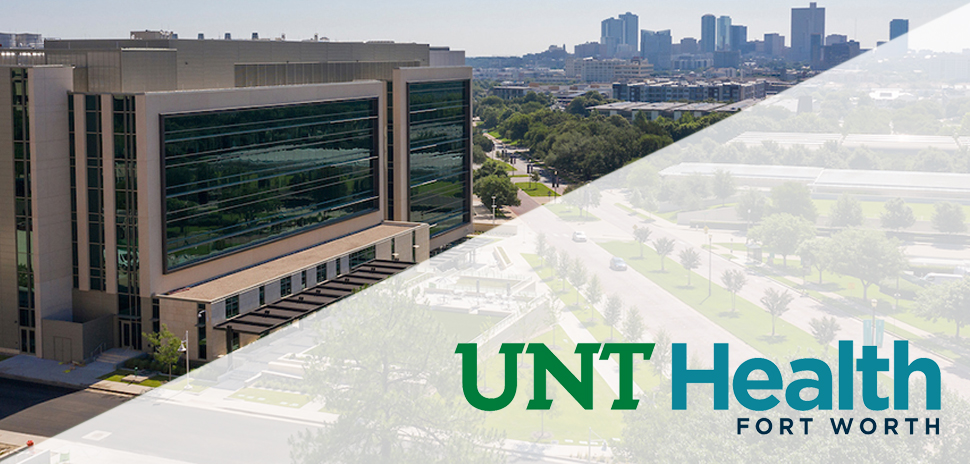
The academic medical center formerly known as UNTHSC is embracing a new identity that ties it more closely to the University of North Texas System—and to the community it serves. With nearly $100M in funded research and a tech-forward focus, UNT Health Fort Worth will continue to champion innovation in healthcare.
-

Combining cutting-edge research and real-world applications, the UT Dallas professor transforms public health with innovations in detection technology, including “a check engine light” for the human body. In collaboration with EnLiSense, the company she cofounded, Dr. Prasad combines chemistry with software and hardware to bring the technology to life as market-ready devices.
-
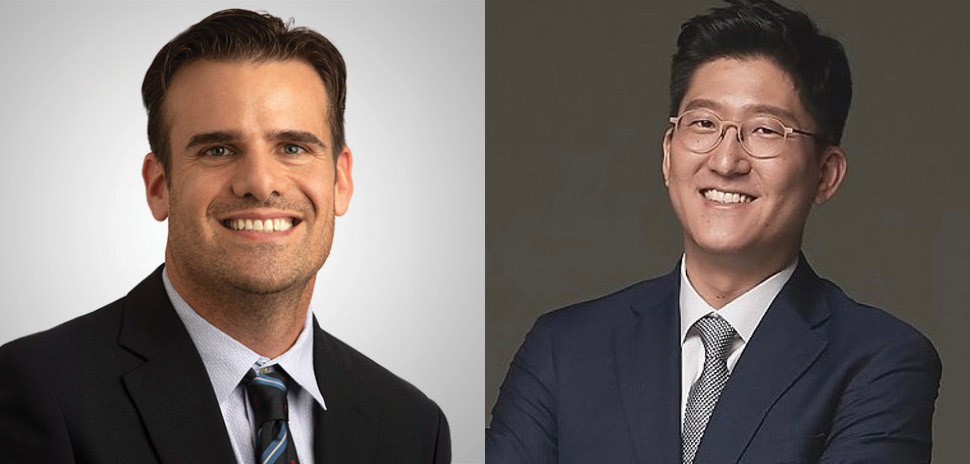
Keratoconus, which causes the cornea to thin and bulge, not only impairs vision but if left untreated can lead to severe complications including blindness, HSC said.
-
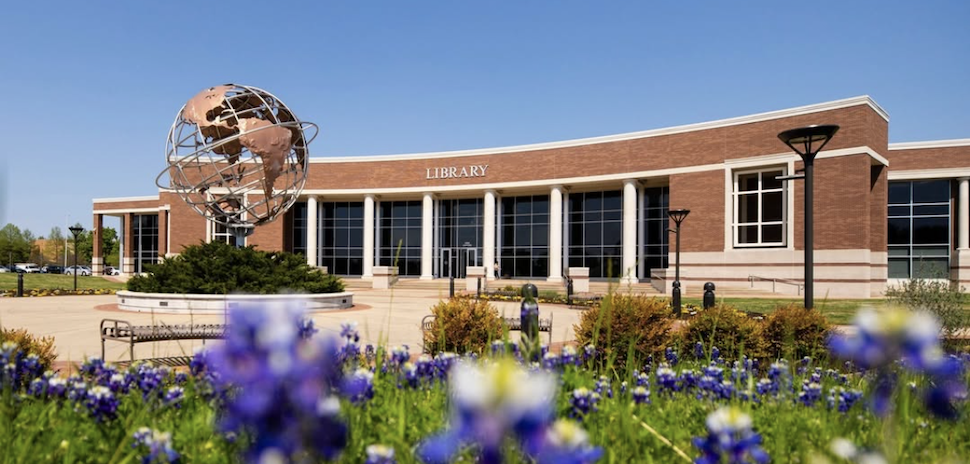
The renovations will include converting existing office and classroom spaces into lab areas, a theater expansion, larger kitchen and dining room spaces, a “general refresh and reconfiguration,” and more.
-
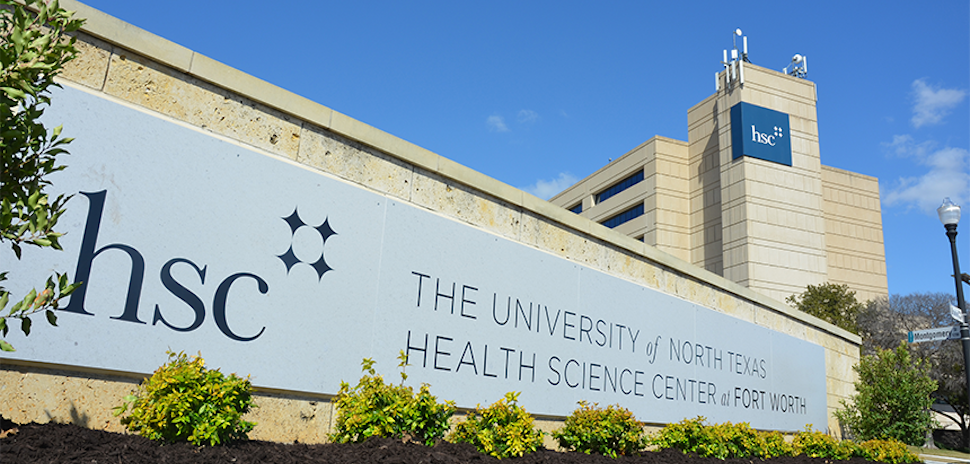
In September, a new Graduate School will act as the main coordinating hub for advanced degree programs, while three HSC schools get rebranded as colleges.